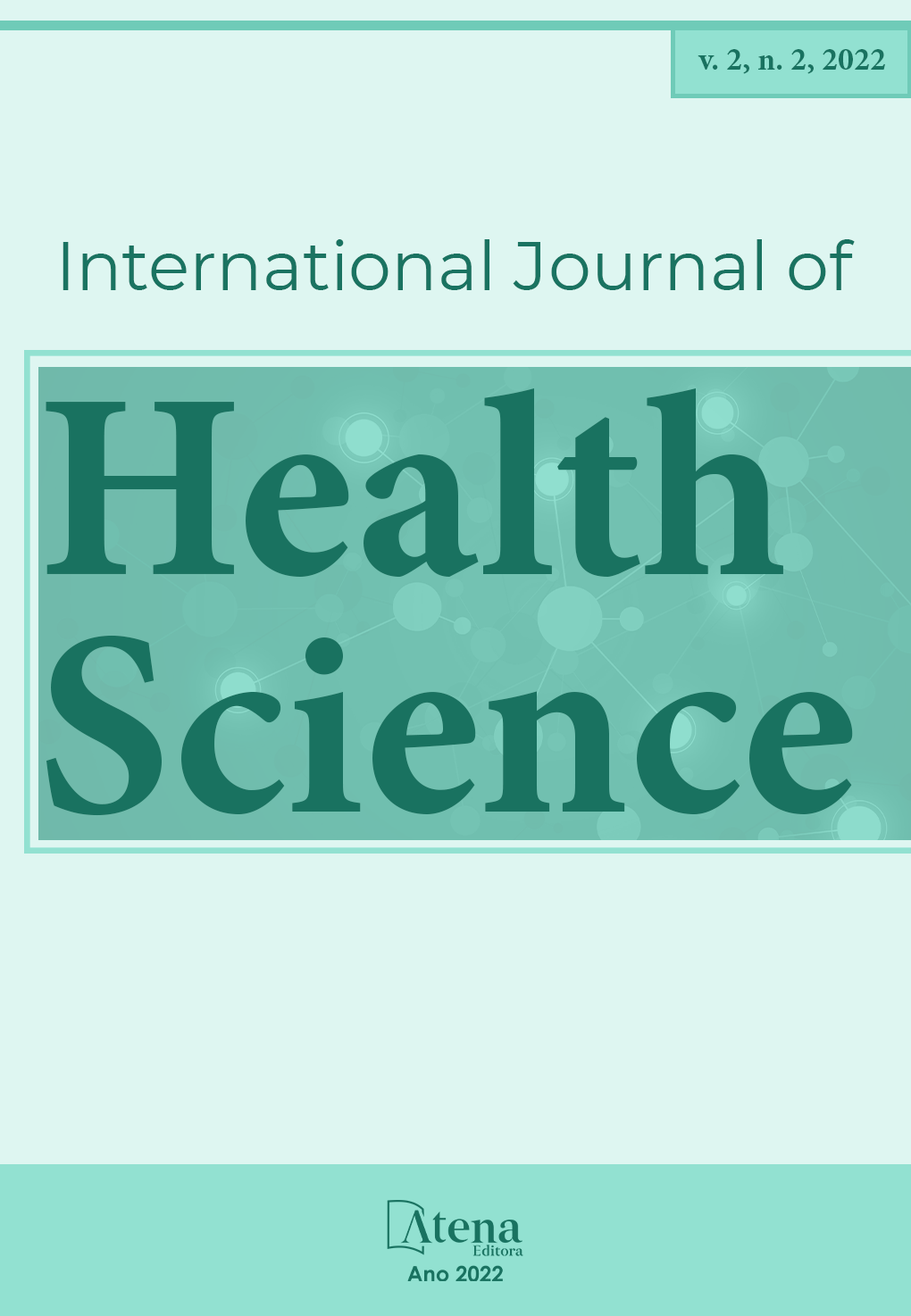
CASE REPORT: REVERSIBLE POSTERIOR ENCEPHALOPATHY SYNDROME (PRES) IN A PATIENT WITH CORONAVIRUS DISEASE 2019 (COVID-19)
Case Report: 54-year-old male patient with controlled hypertension, CPAP user for obstructive apnea and right eye keratoconus without refractive correction was hospitalized with confirmed COVID 19. Pulmonology team started treatment with piperacillin/tazobactam, methylprednisolone, dexamethasone and hydrocortisone. Patient maintained good blood pressure control and regular use of positive pressure throughout hospitalization. On the fourth day of hospitalization, he developed sudden bilateral visual acuity worsening, counting fingers one meter apart in both eyes, without improvement with the use of a pinhole. No other abnormalities were identified in the clinical and neurological examination, namely the pupils’ exam, the oculomotricity assessment or the visual fields. Fundoscopy was limited by technical issues related to protective equipment. Brain magnetic resonance imaging (MRI) revealed areas of hyperintense signal in bilateral occipital lobes and posterior horns of the cerebellum on T2 sequences, with no water diffusion restriction or anomalous contrast enhancement, as well as no abnormalities in orbits and optical nerve (picture 1). There was progressive improvement, reaching baseline visual acuity at discharge of 20/30 in the right eye and 20/100 in the left eye, according to a previous ophthalmological report. Control MRI one month later (picture 2) showed total regression of the lesions.
Discussion: PRES is a clinical-radiological syndrome with heterogeneous etiologies. Clinical manifestations may include visual symptoms, such as cortical blindness, in addition to similar neuroimaging findings, usually posterior subcortical white matter edema. The pathogenesis seems to be related to disordered cerebral autoregulation and endothelial dysfunction such as arterial hypertension, fluid overload, vasculitis (lupus, polyarteritis nodosa, cryoglobulinemia), immunosuppressive drugs (cyclosporine, rituximab, immunoglobulin), among others. Variations in blood pressure are associated with most cases, either by sustained elevation or isolated peaks.
Conclusion: This is a case report of a patient in the context of COVID 19 who evolved with PRES with good pressure control throughout the hospitalization. Thus, it is interesting to assess the possible association between endothelial dysfunction in COVID 19, as well as the role of corticosteroid therapy and consequent hypervolemia, in the development of the disorder in question.
CASE REPORT: REVERSIBLE POSTERIOR ENCEPHALOPATHY SYNDROME (PRES) IN A PATIENT WITH CORONAVIRUS DISEASE 2019 (COVID-19)
-
DOI: 10.22533/at.ed.159222217017
-
Palavras-chave: Reversible Posterior Encephalopathy Syndrome; PRES; Cortical blindness; COVID 19.
-
Keywords: Reversible Posterior Encephalopathy Syndrome; PRES; Cortical blindness; COVID 19.
-
Abstract:
Case Report: 54-year-old male patient with controlled hypertension, CPAP user for obstructive apnea and right eye keratoconus without refractive correction was hospitalized with confirmed COVID 19. Pulmonology team started treatment with piperacillin/tazobactam, methylprednisolone, dexamethasone and hydrocortisone. Patient maintained good blood pressure control and regular use of positive pressure throughout hospitalization. On the fourth day of hospitalization, he developed sudden bilateral visual acuity worsening, counting fingers one meter apart in both eyes, without improvement with the use of a pinhole. No other abnormalities were identified in the clinical and neurological examination, namely the pupils’ exam, the oculomotricity assessment or the visual fields. Fundoscopy was limited by technical issues related to protective equipment. Brain magnetic resonance imaging (MRI) revealed areas of hyperintense signal in bilateral occipital lobes and posterior horns of the cerebellum on T2 sequences, with no water diffusion restriction or anomalous contrast enhancement, as well as no abnormalities in orbits and optical nerve (picture 1). There was progressive improvement, reaching baseline visual acuity at discharge of 20/30 in the right eye and 20/100 in the left eye, according to a previous ophthalmological report. Control MRI one month later (picture 2) showed total regression of the lesions.
Discussion: PRES is a clinical-radiological syndrome with heterogeneous etiologies. Clinical manifestations may include visual symptoms, such as cortical blindness, in addition to similar neuroimaging findings, usually posterior subcortical white matter edema. The pathogenesis seems to be related to disordered cerebral autoregulation and endothelial dysfunction such as arterial hypertension, fluid overload, vasculitis (lupus, polyarteritis nodosa, cryoglobulinemia), immunosuppressive drugs (cyclosporine, rituximab, immunoglobulin), among others. Variations in blood pressure are associated with most cases, either by sustained elevation or isolated peaks.
Conclusion: This is a case report of a patient in the context of COVID 19 who evolved with PRES with good pressure control throughout the hospitalization. Thus, it is interesting to assess the possible association between endothelial dysfunction in COVID 19, as well as the role of corticosteroid therapy and consequent hypervolemia, in the development of the disorder in question.
-
Número de páginas: 2
- Fidel Castro Alves de Meira
- Maira Cardoso Aspahan
- Pedro Antonio Saldanha de Castro
- Daniel Vasconcelos de Pinho Tavares
- Tassila Oliveira Nery de Freitas
- Bernardo Tardin Caetano
- Barbara Oliveira Paixão
- Gabriella Braga da Cunha Silva
- Paolla Giovanna Rossito de Magalhães
- Marina Buldrini Filogonio Seraidarian


